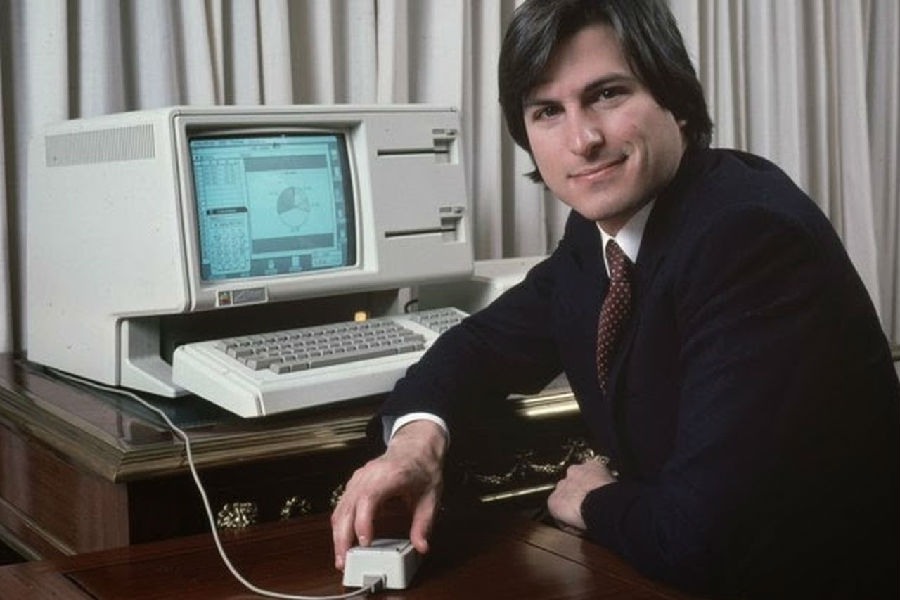Apple resisted licensing out the Macintosh operating system until 1994,
苹果一直拒绝把麦金塔的操作系统授权出去,直到1994年,
when CEO Michael Spindler allowed two small companies, Power Computing and Radius, to make Macintosh clones.
CEO迈克尔·斯平德勒允许了两家小公司,Power Computing和Radius,生产麦金塔兼容机。
When Gil Amelio took over in 1996, he added Motorola to the list.
1996年吉尔·阿梅里奥接管公司后,又增加了摩托罗拉。
It turned out to be a dubious business strategy:
结果表明这是一个值得怀疑的商业战略:
Apple got an $80 licensing fee for each computer sold, but instead of expanding the market,
每卖出一台兼容机,苹果收取80美元的授权费,但是这些兼容机并没有让苹果扩大市场,
the cloners cannibalized the sales of Apple's own high-end computers, on which it made up to $500 in profit.
反而挤压了苹果自己的髙端计算机销售,而卖出一台苹果电脑的利润能达到500美元。

Jobs's objections to the cloning program were not just economic, however.
然而乔布斯反对兼容机项目还不仅仅是出于经济上的考虑。
He had an inbred aversion to it. One of his core principles was that hardware and software should be tightly integrated.
他打心眼儿里反感这种做法。他的核心原则之一就是硬件和软件应该紧密结合。
He loved to control all aspects of his life,
他喜欢控制产品的所有方面,
and the only way to do that with computers was to take responsibility for the user experience from end to end.
而唯一的方式就是制造全套设备,全方面负责用户体验。
So upon his return to Apple he made killing the Macintosh clones a priority.
因此一回到苹果,他就把消灭兼容机作为首要任务之一。












